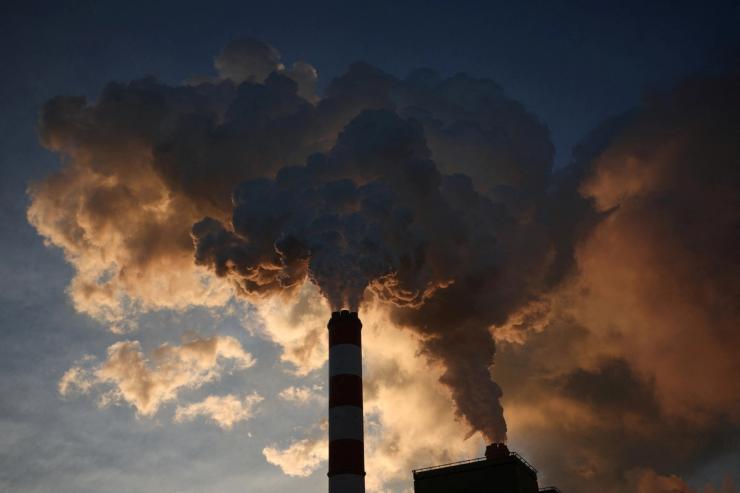The News
Energy ministers from the Group of Seven nations tentatively agreed to shut down all their respective coal-powered plants by 2035. The deal was announced by Andrew Bowie, the UK’s Minister for Nuclear and Renewables, at the group’s climate talks in Turin.
The deal marks a significant step by wealthy nations in the transition away from fossil fuels. The ministers also plan to discuss expanding electricity storage capacity during the talks, according to the Financial Times, to aid in the shift to renewable sources such as solar or wind power. A final communique will be released Tuesday.
The G7 coal target follows on the heels of new US Environmental Protection Agency rules released last week that would force coal plants to cut or capture 90% of carbon emissions by 2032, or shut down by 2039.
SIGNALS
EU nations lead coal plant phaseout
Of the G7 members, Italy leads the fossil fuels phaseout. Italy has just six coal-powered electricity stations, and plans to shut them all down by 2028. Other European countries, including Portugal, Belgium, Austria, and Sweden, have already stopped using coal for electricity. Italy is in a powerful position, however: The phaseout of coal across the bloc and the Russia-Ukraine war mean it could become Europe’s go-to gas hub; the country recently inked deals with Libya’s national oil corporation to develop offshore gas fields. “By using gas as the central pillar of its energy strategy, Italy is not only slowing renewable growth but also serving as an example to other gas-dependent countries such as Malta, Ireland, the Netherlands and Greece that this model can be followed,” warned the Institute for Energy Economics and Financial Analysis.
G20 nations might not follow the G7’s lead
What the G7 does often has a “trickle down” effect on the larger Group of 20 nations’ fossil fuel policies, CNN reported. The G20 includes big emitters China and India, and major producers like Saudi Arabia. But getting broader support for the 2035 target could meet resistance: In 2023, G20 leaders couldn’t agree on how to reduce carbon emissions at talks in Chennai, India, and some countries opposed mitigation targets entirely because they could put limits on critical infrastructure growth. India has a growing demand for air conditioning and other power-hungry appliances, Reuters noted, which could deter making big cuts to fossil fuel-powered electricity. And despite a growing green energy sector, China accounted for most of the world’s new coal capacity in 2023. China has also rolled out stimulus measures that “could raise overall power use and emissions in the world’s top polluter,” wrote Reuters’ Global Energy Transition Columnist Gavin Maguire.
Carbon capture technology remains expensive and elusive
The new EPA rules on coal plants bring into sharp focus the promise and problems with carbon capture and storage technology, which puts emissions into long-term storage — often underground — instead of releasing them into the atmosphere. A Tennessee Valley Authority review noted that carbon capture remains “an emerging technology and as a [best system of emission reductions] has not been adequately demonstrated,″ E&E News reported. The technology is certainly expensive, but it is also proving challenging to implement. Two Department of Energy experts told MIT Technology Review that the demand for low-cost, high volume carbon capture and storage could undermine how these efforts are measured and verified — potentially replicating the problems with carbon offsetting, another emissions fix.



